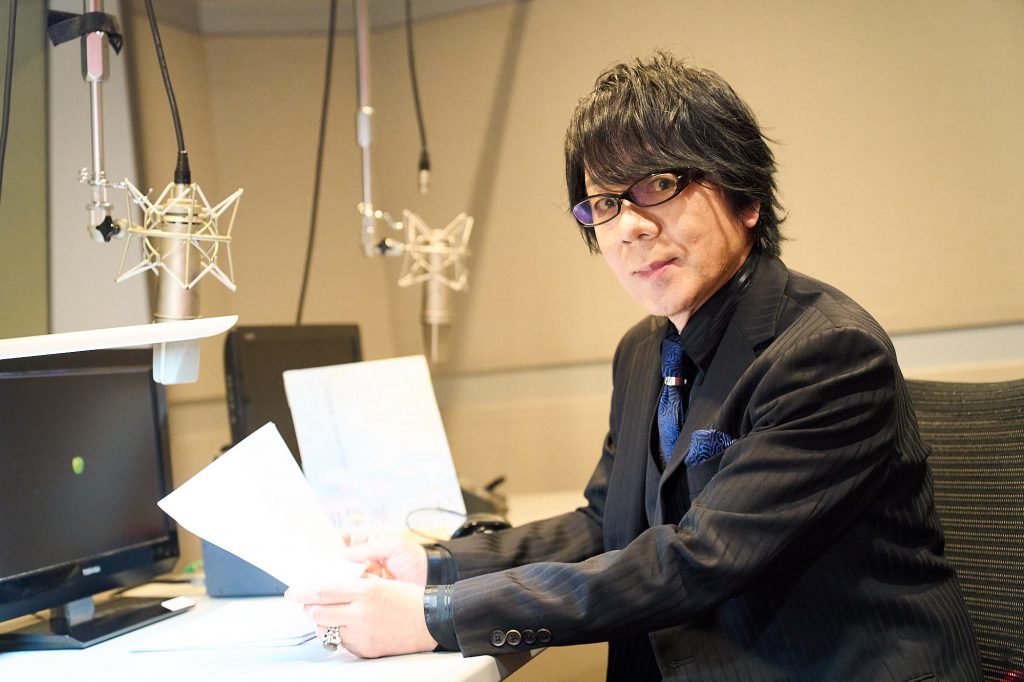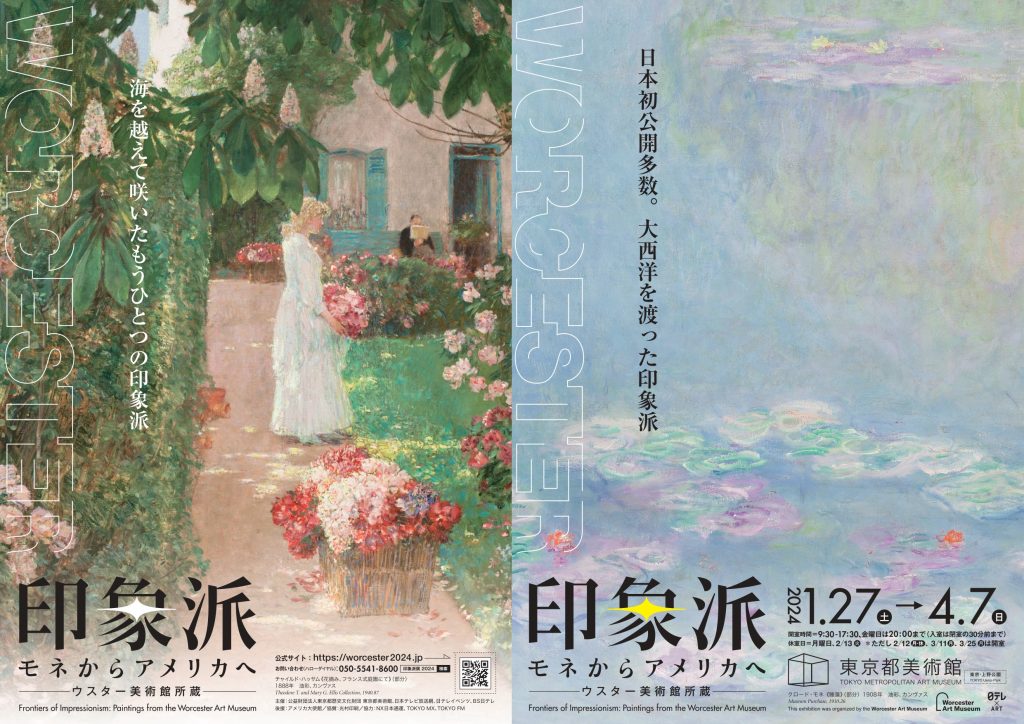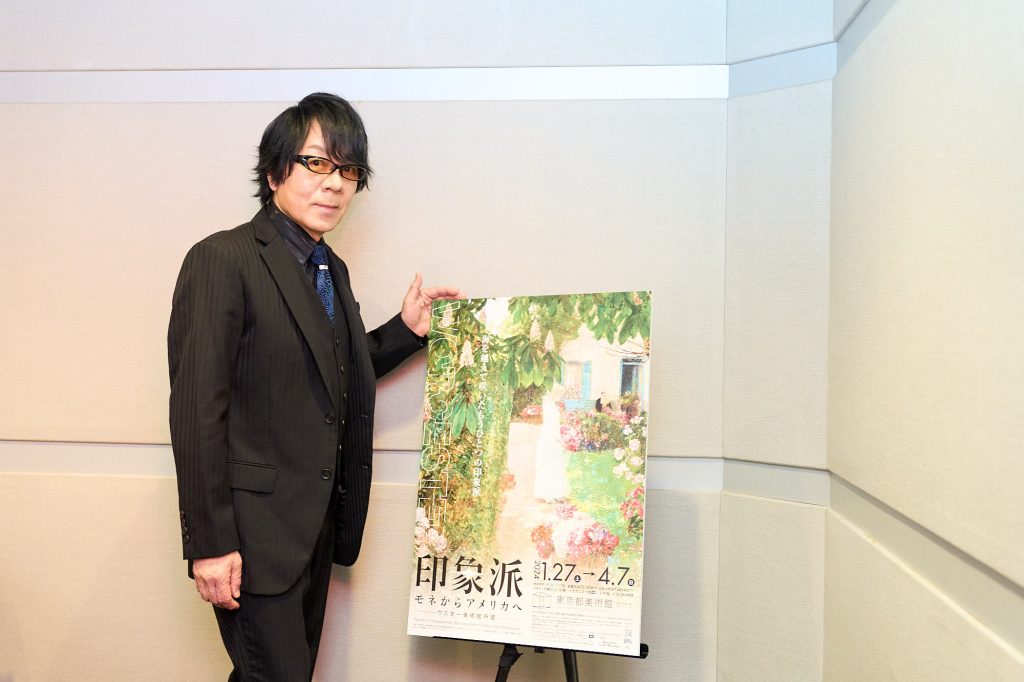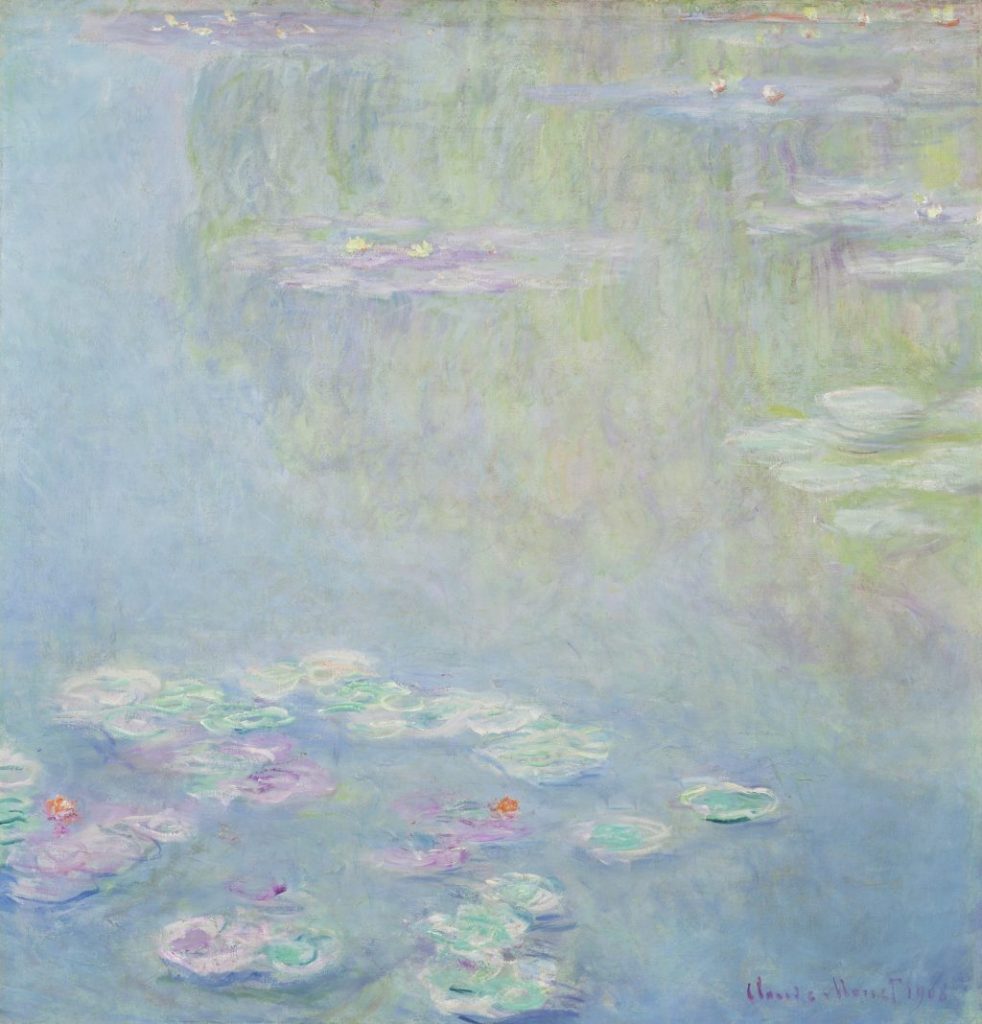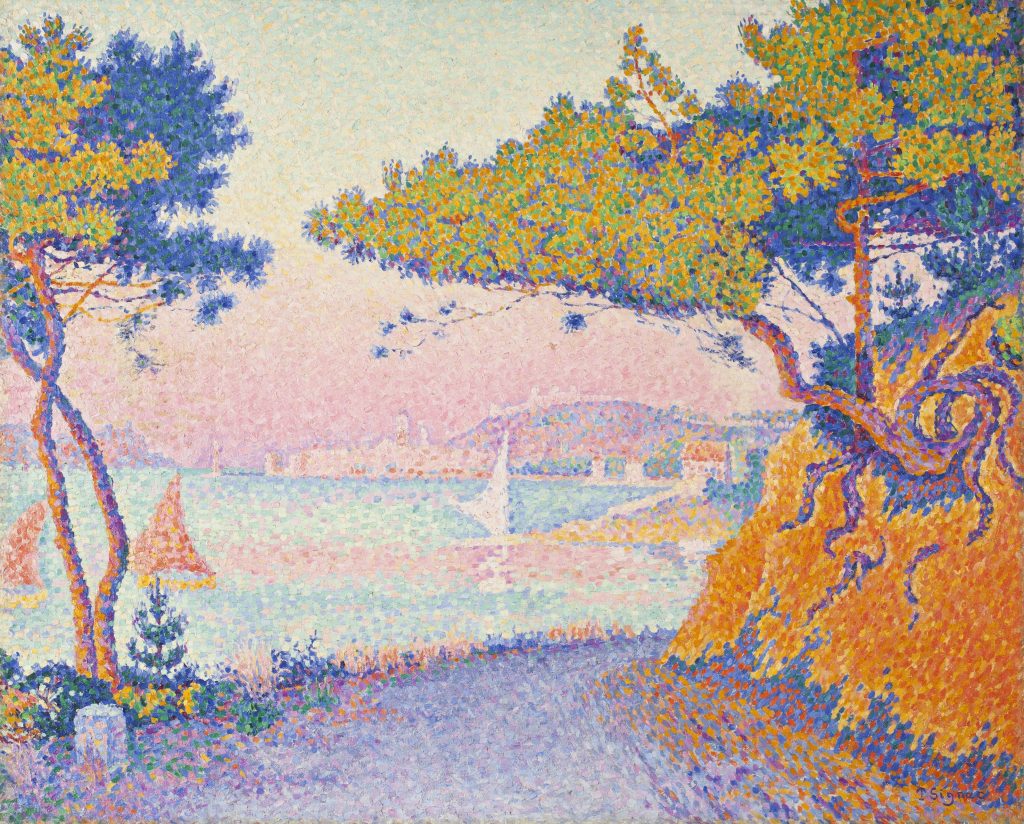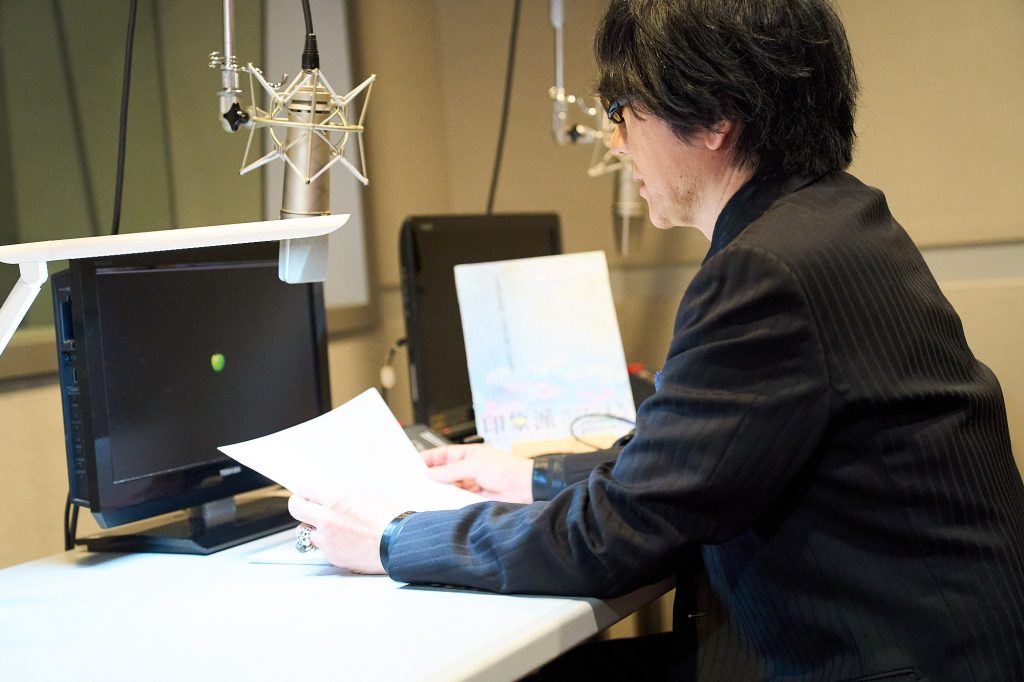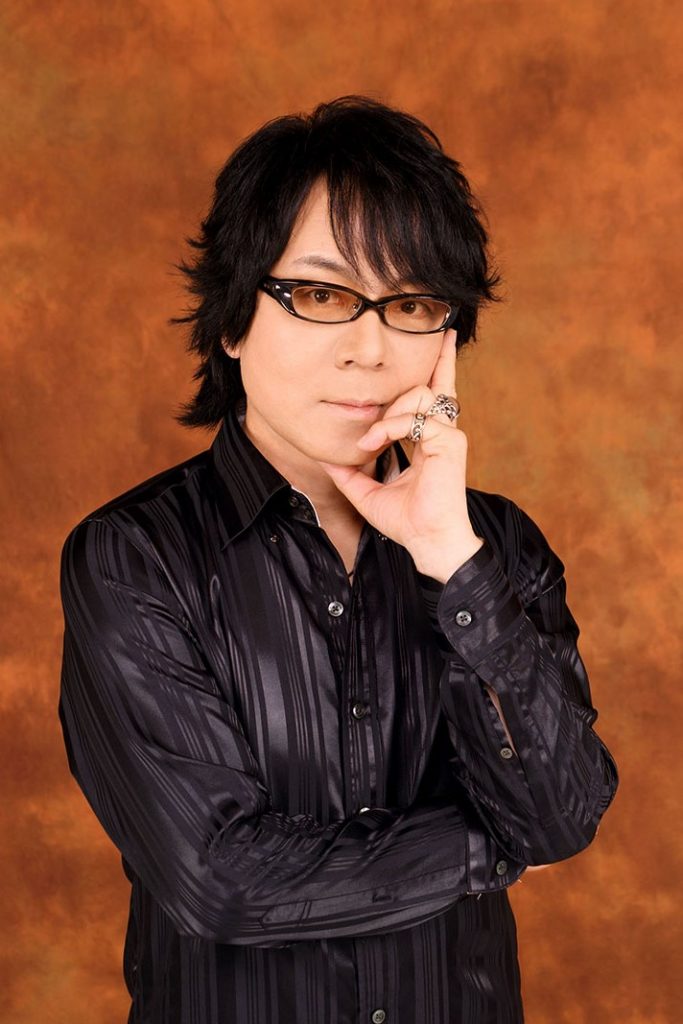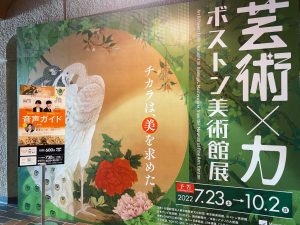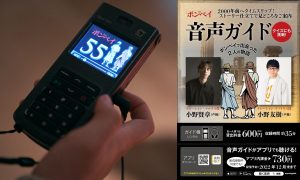──The exhibition “Frontiers of Impressionism: Paintings from the Worcester Art Museum” is widely talked about because the majority of the Impressionist paintings from the collection of the Worcester Art Museum in Massachusetts, U.S., came to Japan for the first time. In addition to French Impressionists such as Monet and Renoir, the exhibition features German and Scandinavian Impressionists, as well as American Impressionists who have rarely been introduced in the country. I find it very interesting that the exhibition also displays the letters (reproductions) exchanged between art dealers and the museum, which actively collected Impressionist works since its opening in 1898. To start with, I would like to hear your impressions of the audio guide recording.
Show Hayami: Before, I only had a general idea of "Impressionism", but this opportunity allowed me to become more familiar with it. Impressionism originated in Paris in the late 19th century, so it has been about 150 years since its birth. Through the recording, I was reminded of the history of this artistic movement, which took place during the time of my great-great-grandfather.


